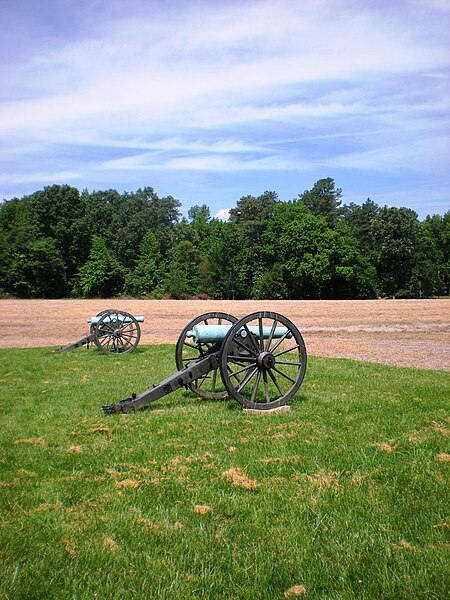Signal Corps in the American Civil War
The Signal Corps in the American Civil War comprised two organizations: the U.S. Army Signal Corps, which began with the appointment of Major Albert J. Myer as its first signal officer just before the war and remains an entity to this day, and the Confederate States Army Signal Corps, a much smaller group of officers and men, using similar organizations and techniques as their Union opponents. Both accomplished tactical and strategic communications for the warring armies, including electromagnetic telegraphy and aerial telegraphy. Although both services had an implicit mission of battlefield observation, intelligence gathering, and artillery fire direction from their elevated signal stations, the Confederate Signal Corps also included an explicit espionage function.
U.S. Army Signal Corps station on Elk Mountain, Maryland, overlooking the Antietam battlefield.
Albert J. Myer, first chief signal officer.
Headquarters of the U.S. Army Signal Corps, Washington, D.C., 1865.
William J. L. Nicodemus.
Albert James Myer was a surgeon and United States Army general. He is known as the father of the U.S. Army Signal Corps, as its first chief signal officer just prior to the American Civil War, the inventor of wig-wag signaling , and also as the father of the U.S. Weather Bureau.
Albert James Myer (1828-1880)
Myer was awarded a brevet promotion for his duties at Malvern Hill and other battles.
Portrait of Myer by George Peter Alexander Healy, 1876







